
Getting Started with Python: A Beginner’s Guide
===============================
As a DIY enthusiast, I’ve always been fascinated by the world of programming. And what better language to start with than Python? With its simplicity, flexibility, and vast range of applications, Python is the perfect language for beginners and experts alike. In this article, I’ll guide you through the process of installing Python and getting started with your first projects.
Installing Python
The first step to getting started with Python is to download and install it from the official Python website. The website offers detailed documentation and guides to help you through the process. Additionally, the Python Beginners Guide is an excellent resource that will walk you through installing Python and much more.
Printing a Message in Python
One of the first things I did when I started learning Python was print a message to the screen. It’s a simple yet exciting milestone that gets you hooked on programming. You can do the same with a single line of code:
print("Hello, World!")
Printing a message in Python
Simple Arithmetic in Python
Simple arithmetic operations are also a breeze in Python. You can perform calculations and store the result in a variable, making it easy to print the answer. Here’s an example:
result = 5 + 3
print(result)
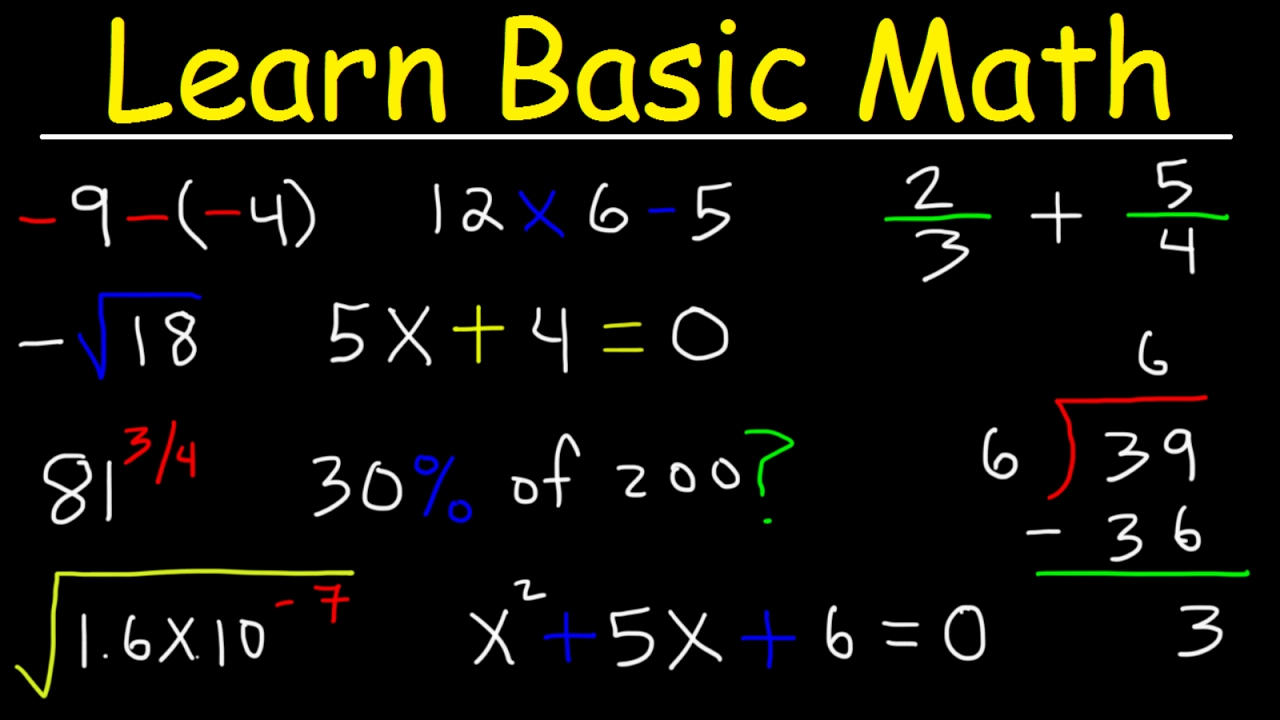 Simple arithmetic in Python
Simple arithmetic in Python
Getting User Input in Python
Getting user input is an essential part of programming, and Python makes it easy. You can ask the user a question and store their response in a variable. Here’s an example:
name = input("What is your name? ")
print("Hello, " + name + "!")
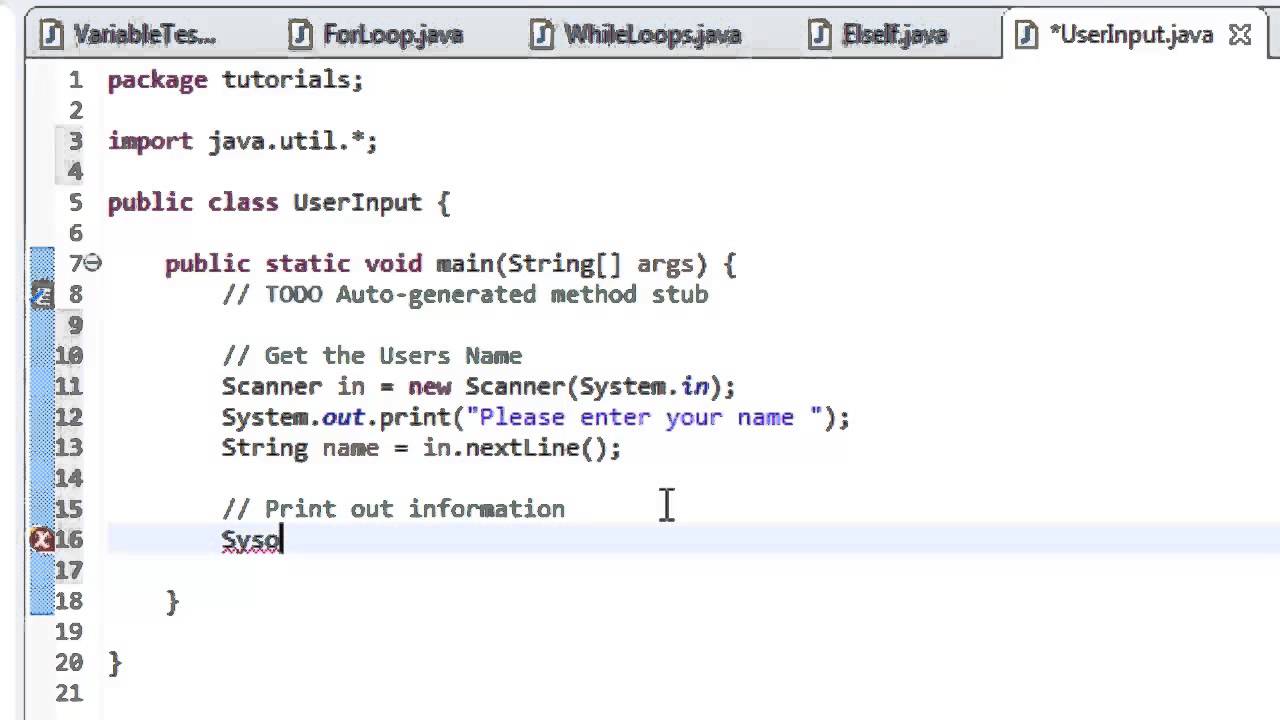 Getting user input in Python
Getting user input in Python
List Operations in Python
Lists are a fundamental data structure in Python, and they’re incredibly easy to work with. You can create a list, print it, and even access its elements. Here’s an example:
my_list = [1, 2, 3, 4, 5]
print(my_list)
print("Length of list: ", len(my_list))
print("First element: ", my_list[0])
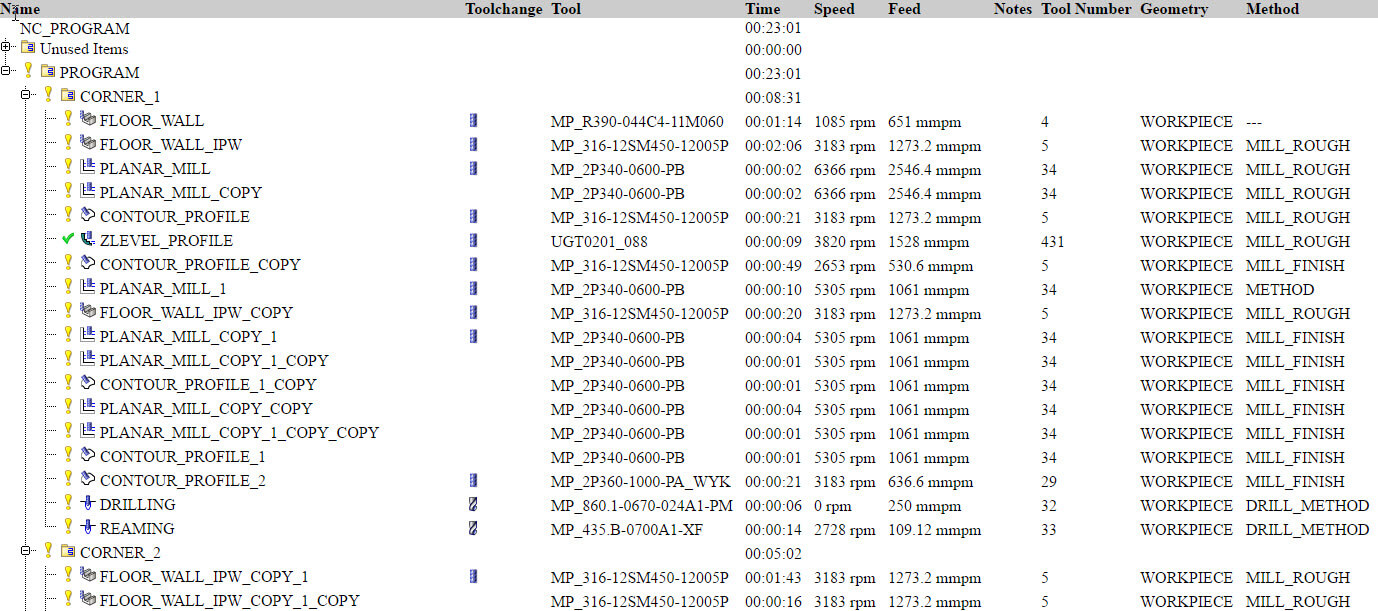 List operations in Python
List operations in Python
Simple Loop in Python
Loops are an essential part of programming, and Python makes them easy to implement. Here’s an example of a simple loop that prints a list of five entries:
for i in range(5):
print("Iteration: ", i)
 Simple loop in Python
Simple loop in Python
Reading a File in Python
Reading data from a file is incredibly easy in Python. You can open a file, read its contents, and print it to the screen. Here’s an example:
with open('example.txt', 'r') as file:
content = file.read()
print(content)
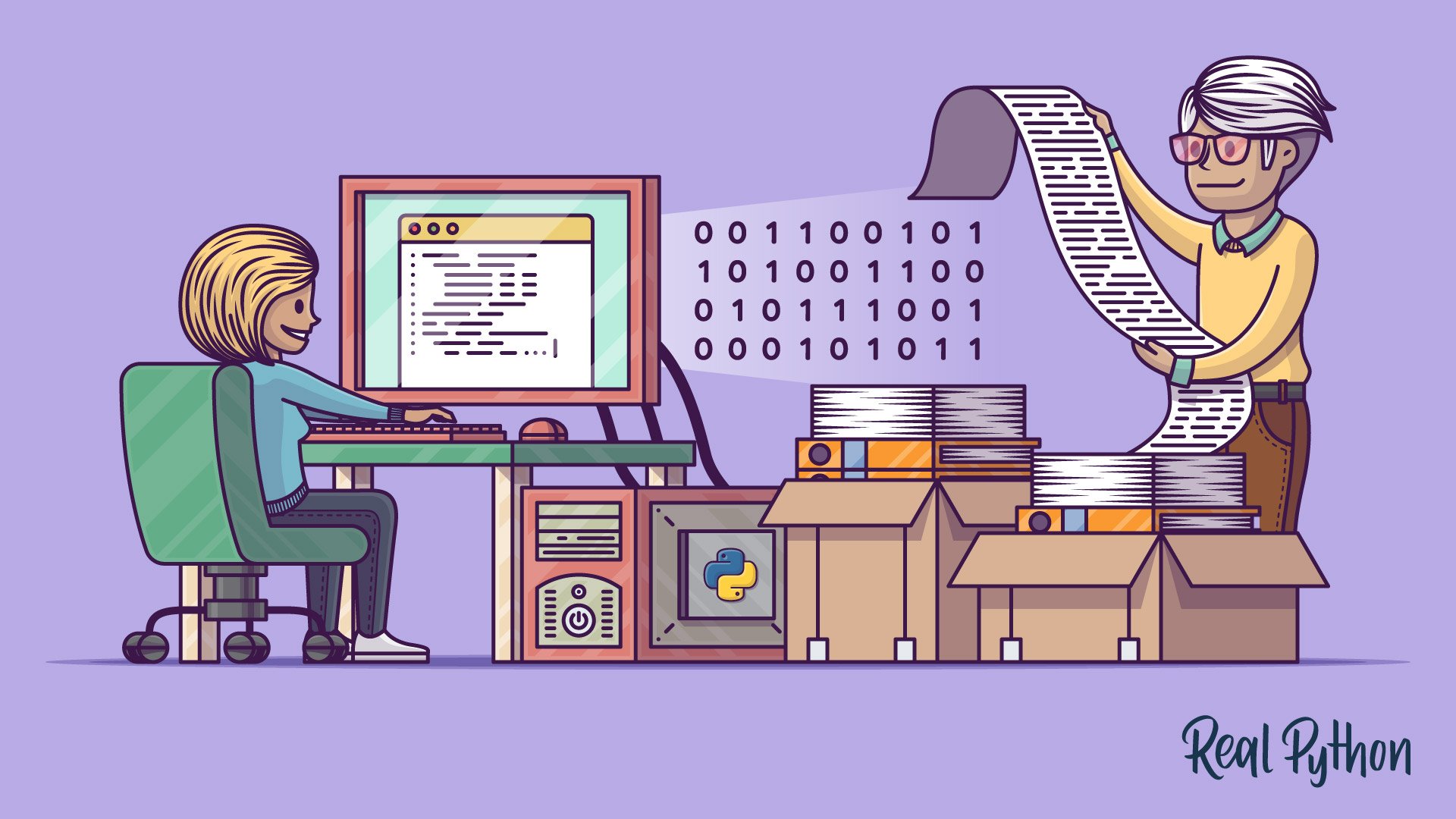 Reading a file in Python
Reading a file in Python
Writing to a File in Python
Writing to a file is just as easy as reading from one. You can open a file, write to it, and save the changes. Here’s an example:
with open('example.txt', 'w') as file:
file.write("Hello, World!")
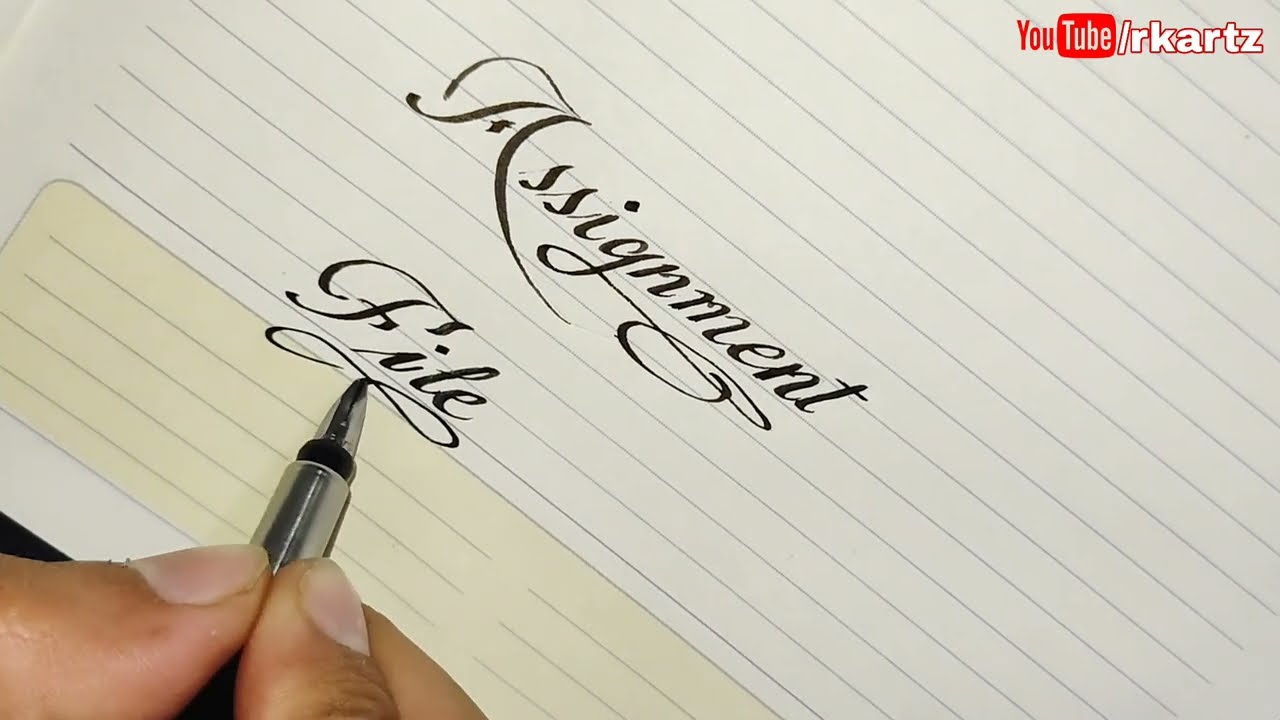 Writing to a file in Python
Writing to a file in Python
Let OpenAI Help You
OpenAI is an incredible resource for programmers, offering a range of tools and services to help you with your projects. From writing code to debugging, OpenAI can be a huge benefit to new and experienced programmers alike.
 Let OpenAI help you
Let OpenAI help you















